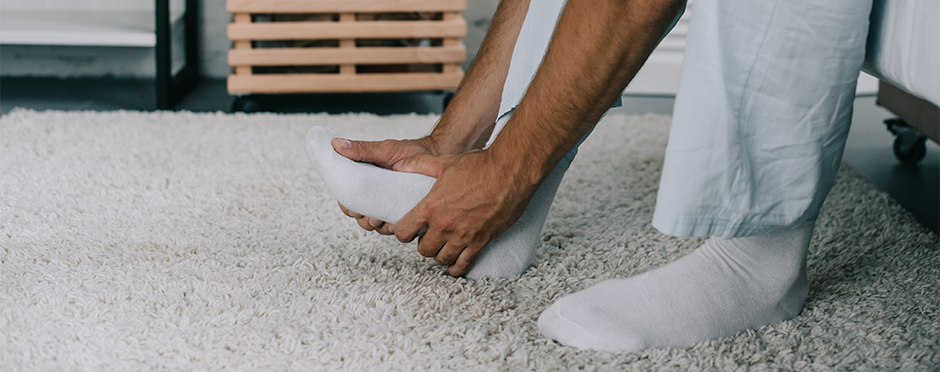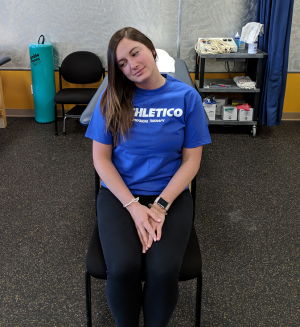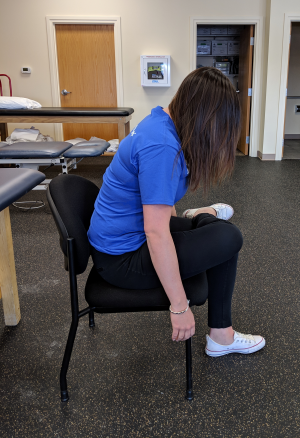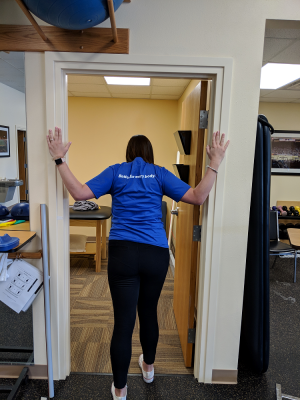
Pins and Needles: What Does Tingling Mean?
Leave a CommentYou know that feeling when your foot falls asleep? It feels like static, tingling, or pins and needles. When this happens, the feeling usually lasts for a short period of time and goes away quickly. Tingling and numbness is a type of nerve pain that typically subsides with movement of the limb. In this case, the pain is usually due to restricted blood flow. The tingling can feel awkward and unpleasant but it is only temporary. However not all nerve pain is short lived; some tingling or numbness is constant and can be linked to a more serious medical condition.
What causes numbness or tingling?
- Staying in one position for too long (ex: sleeping with your hand over your head, sitting cross-legged for a long period of time)
- Repetitive use of a specific body part (ex: repetitive hammering)
- Compression of the nerve or blood vessels by an external factor (ex: too tight fitting brace)
- Compression of the nerve or blood vessels by internal factor (ex: tight muscle, swelling)
Examples of conditions with numbness or tingling as a symptom:
- Nerve injury
- Lack of blood supply
- Diabetes
- Anxiety
- Carpal tunnel syndrome
- Ganglion cyst in the wrist
- Peripheral neuropathy
- Multiple sclerosis
- Disc herniation
- Many other conditions can also cause numbness or tingling
Ways to help your numbness or tingling:
Movement of the limb out of the stationary position
During the day, try to move every hour – stand up, or walk down the hallway at work
- Stretching of the neck muscles can help with relieving tingling in arms and fingers
- An easy neck stretch is to gently let your head go toward your shoulder like your ear will touch the top of your shoulder; hold for 15 seconds then switch to the other side

- Stretching of the hamstrings may assist with relieving tingling in the leg and foot as hamstrings can get tight with prolonged sitting
- Lie on your back, use a dog leash or long towel around your foot and raise the leg until a stretch is felt in the back of the leg
- Stretch the muscles that rotate your hip, the piriformis
- Sitting in a chair, cross one ankle over the opposite knee allowing the knee to fall open. Gently press down on the knee to feel a stretch where your back pocket should be. A small lean forward can increase the feel of the stretch.

- Perform a doorway stretch to open your chest and improve your sitting posture
- Place your arms on the door frame and step forward with 1 foot until a stretch is felt across the front of the chest; hold for 15 seconds.

- Aerobic exercise can help increase blood flow throughout the body which can help relieve nerve pain
- Examples of good aerobic exercises include walking or riding a bike
If your pain worsens or tingling has remained unchanged for several days, please request a free assessment at your nearest Athletico. Free assessments are available in-clinic and virtually through our Telehealth platform.
Any changes to your ability to control your bowel or bladder along with numbness or tingling in your legs is a medical emergency and you should seek medical attention immediately.
The Athletico blog is an educational resource written by Athletico employees. Athletico bloggers are licensed professionals who abide by the code of ethics outlined by their respective professional associations. The content published in blog posts represents the opinion of the individual author based on their expertise and experience. The content provided in this blog is for informational purposes only, does not constitute medical advice and should not be relied on for making personal health decisions.
